Articles on Wisconsin legal history
Financing reform: The overhaul of Wisconsin's property tax system
Written by Joseph A. Ranney, Attorney at Law
Ph: (608) 283-5612
How did Wisconsin pay for its government? When Wisconsin became a state in 1848, it relied almost entirely on property taxes. There was no income tax anywhere in the United States at that time. The property tax worked well at first because Wisconsin was an agricultural state. Most people had their money tied up in land and personal items and made their living from the land: thus, the value of their property was a fair measure of their ability to pay.
But the property tax soon began causing headaches for the state. In the 1850s the question of how to tax the state's new railroads became a major problem. The state Constitution said taxes had to be "uniform," but railroads seldom owned much land. The Legislature decided to exempt railroads from property taxes and impose license fees on them instead. But in a series of decisions beginning with the case of Knowlton v. Janesville (1859), the Wisconsin Supreme Court stated this was not permissible: railroads had to be taxed the same as everyone else.
While the court's decision seemed fair in theory, it led to disastrous results in practice. In the 1880s, the Supreme Court edged away from its decision in Knowlton and indicated it would interpret the uniformity requirement more flexibly in future.
Wisconsinites continued to be unhappy with the property tax system as the 19th century drew to a close. Farmers in particular felt they were too heavily taxed. Their property was out in the open, whereas many businesses had property (such as mortgages and other financial instruments) which were easy to hide. At the urging of K.K. Kennan, a Milwaukee lawyer, in 1897 the Legislature appointed a state tax commission to recommend reform of the system. Kennan was chosen its head.
In 1898 Kennan's commission submitted a tremendously influential report which ultimately led to a series of laws that transformed the way Wisconsin financed its government. The commission recommended that lax assessment practices be tightened up and that tax functions be transferred from local officials to a central administration in Madison. Many local governments were unhappy about this, but the Legislature agreed with Kennan. In 1903, at the urging of commissioner Nils Haugen and LaFollette, the Legislature modified the railroad license fee system and imposed an ad valorem tax on railroads based on property value. This tax increased state revenue and did a better job than license fees of making railroads pay their fair share.
The tax commission also recommended that the state create inheritance taxes and an income tax for the first time. Though the process was a long one, ultimately the Legislature did so. It enacted an inheritance tax in 1903 and an income tax in 1911. Many tax reformers believed the property tax was obsolete and should be completely replaced by these new taxes. It never was, due in large part to the fact that the property tax reforms the Legislature made between 1898 and 1903 worked so well.
Note: The views expressed in this article are the author's alone. Distributed as a public service by the Wisconsin Supreme Court in honor of the state's sesquicentennial.

